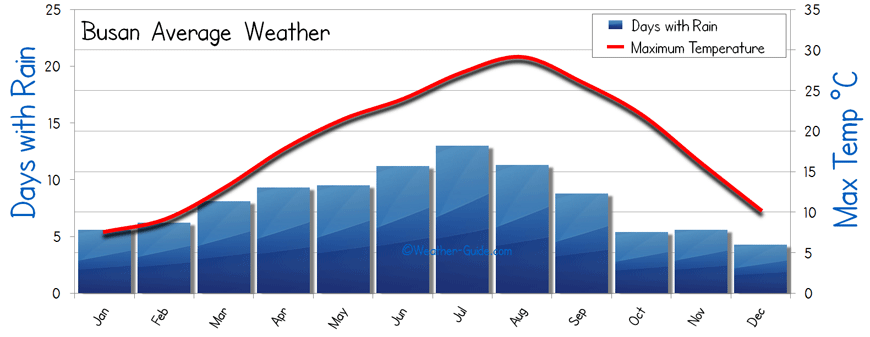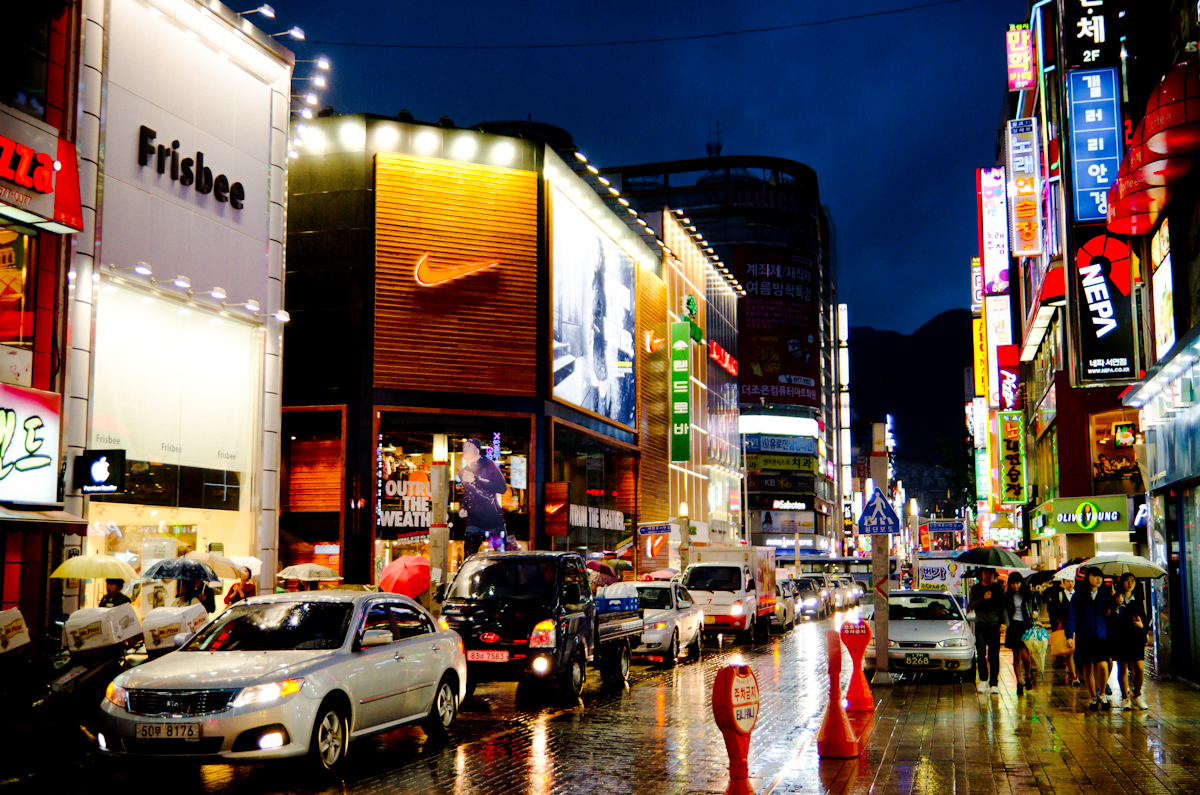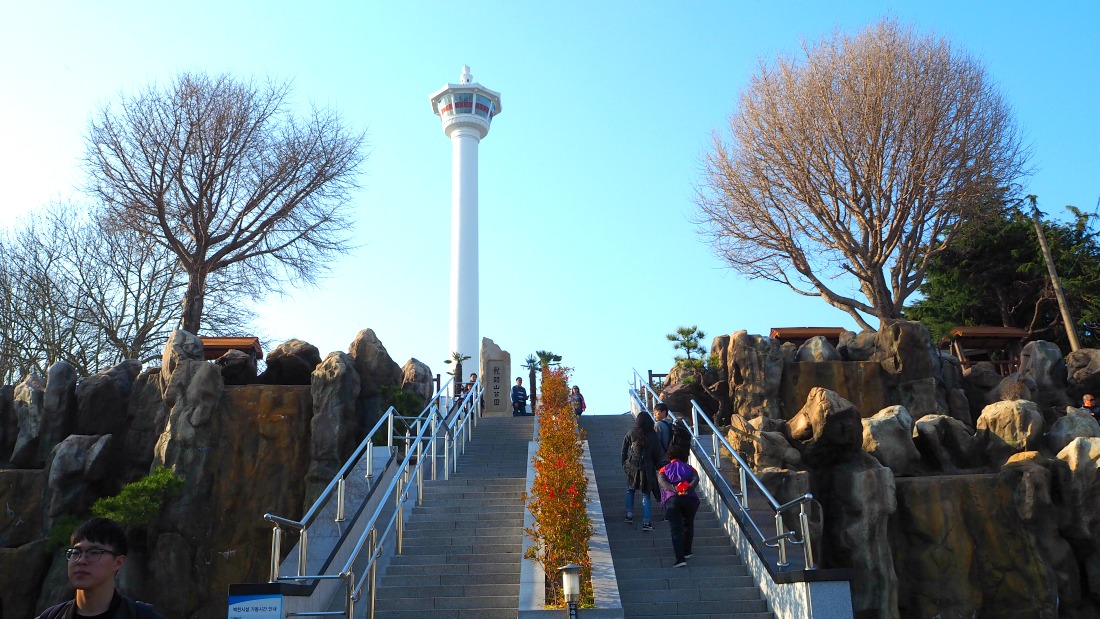Officially, Busan Metropolitan City, meaning “mountain-cauldron” 4, is a port city significant in South Korea, with more than 3,700,000 inhabitants. Historically known as Fousan 5, it is the second most populous city in South Korea after Seoul. It is the economic, cultural, and educational center of southeastern Korea, with its largest port and the ninth largest in the world, about 190 km from the Japanese islands of Kyūshū and Honshū. The “Southeast Economic Zone” (including Ulsan and South Gyeongsang ) is now the most significant industrial zone in South Korea.
Busan is divided into fifteen central administrative districts and a single county. The complete metropolitan area, including the adjacent cities of Gimhae and Yangsan, has a population of approximately 4.6 million. The most densely built-up areas of the city are located in several narrow valleys between the Nakdong and Suyeong rivers, with mountains separating most districts. The Nakdong is Korea’s longest river, and Busan’s Haeundae Beach is the country’s largest. Pusan is a center of international conventions; in 2005, it hosted the Asia-Pacific Economic Cooperation (APEC). It is also a sports tournament center in Korea, hosting the 2002 Asian Games and the 2002 FIFA World Cup.
Contents
- Busan, South Korea
- The climate of Busan
- Overview of Busan
- Sights of Busan
Busan, South Korea

It is a vast city and port located south of the Republic of South Korea in East Asia. It also crosses the second largest city in South Korea after the famous city of Seoul, and its population reached 3.7 million people; according to the United Nations statistics in 2014, it was at one time the temporary capital of South Korea during the Korean War.
The climate of Busan

Since Busan is located in the far southeast of the Korean Peninsula, its climate is very humid and similar to the tropical climate. Therefore, the city’s climate fluctuations are very few. July is the warmest month of the year, with a maximum temperature of 29 degrees Celsius. January is the coldest month, with a temperature of -1 degrees Celsius. As for the rainfall in the city, it is most intense in July, when the level of rain reaches 258 mm. As for December, it is the driest month, with an average rainfall of only 24 mm. Snow falls on the city several times during the year.
Overview of Busan
Busan has been the venue for many events worldwide. In 2005, it hosted the Asia-Pacific Economic Cooperation (APEC) Annual Meetings, the 2002 FIFA World Cup, and the Asian Games in the same year.
Busan City Sights
Seomyeon District:

It is located in the center of Busan, famous for the frequent influx of tourists and visitors to get acquainted with the reality of local life in the city and how the residents live and tour its markets, in addition to eating the best Korean folk food.
Busan Tower:

The city’s most prominent landmark, with a height of approximately 120 m and a hill of 699 m above it. At the top of the building is a platform allowing the visitor to view the beautiful views of the city and the seas beyond.
Yeongdosan Park:

This name was called because the residents likened it to the head of a dragon, and it is one of the most frequented recreational places by residents and tourists alike, where there are more than seventy types of diverse trees and scenic views, in addition to the Busan Aquarium, which covers an area of 36,000 m 2, in addition to its extension on three underground levels. The fish garden includes 35,000 species of different and very diverse marine creatures and some types of sharks.
Outside the park and the park, there are many cafes and restaurants for visitors to enjoy light meals.
Did you like this article? Do not hesitate to share it on social networks and subscribe to Discover the World on Google News to not miss any articles!